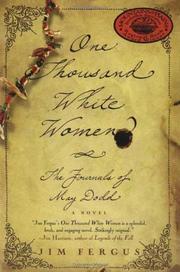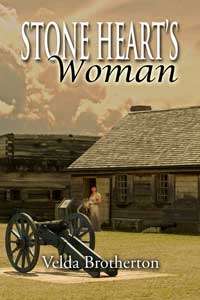Jim Fergus’ One Thousand White Women is a fascinating “what if” novel about the United States government agreeing to send 1,000 volunteer white women as brides to the Cheyenne people. As Chief Little Wolf explains the idea at a Washington D.C. meeting, “It is the Cheyenne way that all children who enter this world belong to their mother’s tribe.” Thus, this would be an ideal way for the native peoples to become absorbed into the white man’s way of life. In exchange for the 1,000 woman, the Cheyenne would trade 1,000 horses.
May Dodd had been wrongly institutionalized in a Chicago lunatic asylum. Along with several other women in asylums and prisons all over the country, they took advantage of the offer to be released with full pardon with the condition that they would agree to become a Cheyenne bride. But confined women weren’t the only ones to volunteer—women from all over the country responded to the Cheyenne’s marriage proposal, telegraphing and writing letters to the White House.
Traveling by train to the Cheyenne tribal lands, May Dodd meets the first group of women who will be fellow brides. It’s a diverse selection of women, all with their own stories.
Finally arriving, the women are housed in teepees, called lodges. A Christian minister who works with the Indians officiates, and the women are married in a group ceremony. May Dodd is now the wife of Chief Little Wolf, and she joins him and his other wives in their family lodge.
Through journals, May Dodd writes to various members of her family, sharing her inner-most thoughts and observations. It is through these journal entries that the story progresses. I very much enjoyed One Thousand White Women for its glimpse into Native culture, the status of women in the late 1800s, and the many truths in this imaginary story.



